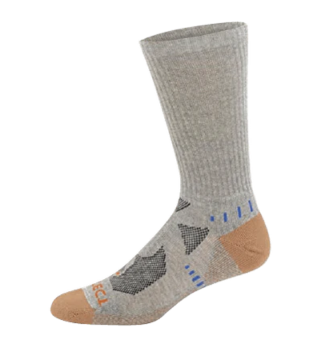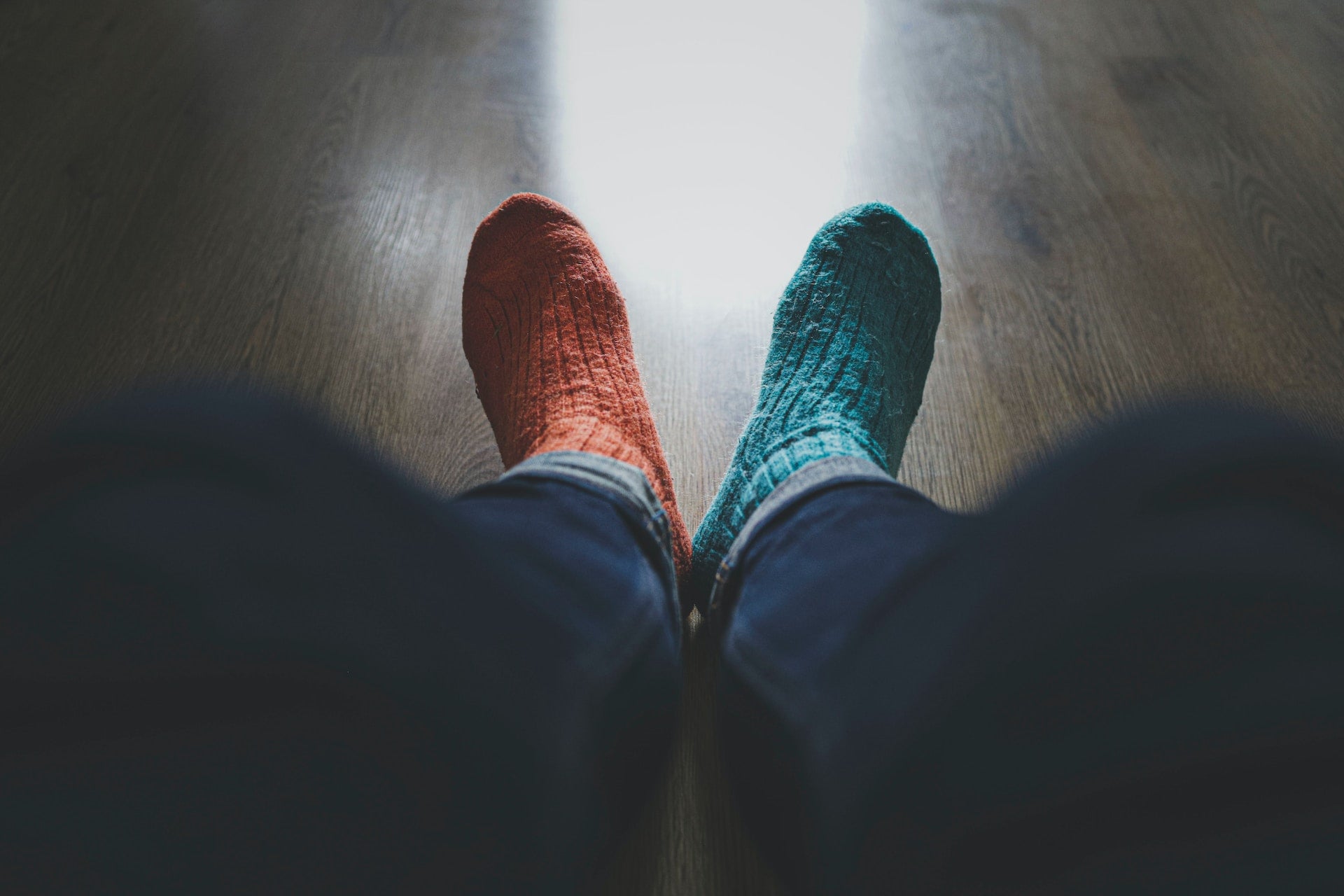
People with type 2 diabetes often face numerous health challenges, and one question frequently arises is are compression socks good for diabetics? Here, we’ll explore what compression socks are, their benefits, and the different types of compression socks that are available.
What Are Compression Socks?
Compression socks are specially designed socks that apply pressure to your lower legs and ankles, helping maintain blood flow and reduce discomfort and swelling. They come in various lengths and compression levels, so you can get a pair that fits your needs.
We see compression socks frequently used by people who suffer from circulatory issues, athletes, and those who spend long hours on their feet.
Are Compression Socks Safe for Diabetics?
Compression socks are safe and effective for people with diabetes. Compression socks promote circulation while helping minimize swelling.
Why Are Compression Socks Good for Diabetics?
Compression socks offer several notable benefits for diabetics, including:
- Improved circulation: Diabetes can lead to poor circulation, particularly in the lower limbs. Compression socks can help improve blood flow in the legs, reducing the risk of complications.
- Reduced swelling: Diabetics are prone to swelling in their legs and feet. Compression socks can help minimize this issue by applying consistent pressure.
- Reduced fatigue: Compression socks can help reduce muscle fatigue and soreness by improving blood flow and supporting the muscles.
- Prevention of blood clots: Diabetics are at a higher risk of developing blood clots. Compression socks help reduce the risk of clotting by promoting proper circulation.
- Reduced risk of deep vein thrombosis (DVT): Compression socks can help prevent DVT, a potentially life-threatening condition where blood clots form in the deep veins of the legs.
- Varicose vein prevention: Compression socks can help soothe varicose veins, swollen and twisted veins that can be uncomfortable and unsightly.
Are There Different Types of Compression Socks?
There are several different types of compression socks, each with its unique purpose and benefits. The three most common types of compression socks are:
Diabetic Socks
Diabetic socks were designed to provide extra comfort and protection for people who have diabetes. They are typically seamless, moisture-wicking, and have a non-binding top to prevent constriction. They maximize comfort without skimping on support.
Compression Socks
Standard compression socks were designed to provide graduated compression, with the highest pressure at the ankle, slowly decreasing as it moves up the leg. They’re more general-purpose than diabetic socks, benefiting anyone with circulatory problems, including diabetics.
Copper Compression Socks
Copper compression socks are an improved version of regular compression socks. Copper-infused fibers are woven into the fabric to provide additional benefits. Additionally, these socks are helpful for those suffering from foot infections or who need extra support.
Are Compression Socks Good for Diabetic Neuropathy?
Compression socks benefit people with diabetic neuropathy, a condition where nerve damage caused by high blood sugar levels leads to pain, numbness, and weakness in the feet and legs. Compression socks help alleviate some of the discomfort associated with neuropathy by improving circulation and reducing swelling.
It’s best to talk to your doctor to determine if compression socks are appropriate for your diabetic neuropathy. Your doctor can even help you find a suitable style and compression level that suits your needs.
Conclusion: Are Compression Socks Good for Diabetics?
Compression socks can offer several benefits for diabetics, including improved circulation, reduced swelling, and alleviation of symptoms related to diabetic neuropathy.
Different types of compression socks are available to cater to individual needs. It’s crucial to consult with a healthcare professional before incorporating compression socks into your self-care routine to ensure they’re suitable and safe for your specific situation. Just be sure not to sleep in your compression socks.






Leave a comment
This site is protected by hCaptcha and the hCaptcha Privacy Policy and Terms of Service apply.